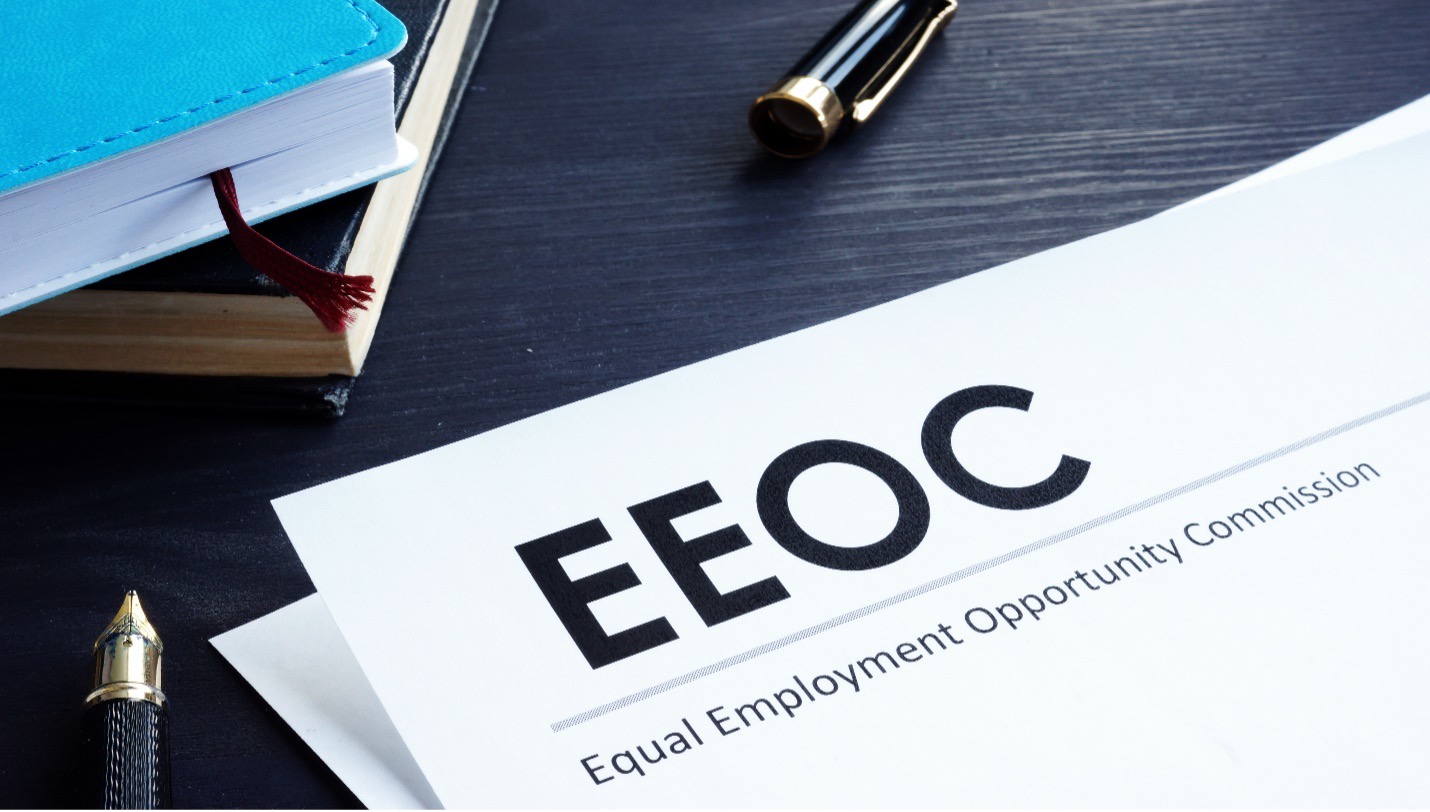The Equal Employment Opportunity Commission has signaled that it plans to step up enforcement of workplace discrimination for all protected classes, particularly at firms that engage in “systemic” discrimination.
Employee and job applicant discrimination complaints filed with the EEOC grew about 15% in 2022 from the year prior. The fastest growing are class-based employment claims, and class actions involving EEO claims have resulted in historic settlement amounts. The total for all class-based employment discrimination cases settled grew to nearly $600 million last year, nearly double from 2021.
While disability discrimination and sexual harassment cases account for a majority of EEOC actions, other types of discrimination complaints have been growing, in particular sex and religious discrimination.
In fact, nine out of the 10 highest settlements involving class-based employment claims in 2022 involved sex-bias claims, and the tenth case involved a religious-discrimination claim related to a company’s COVID-19 vaccination requirements.
Some of the settlements and lawsuits that the EEOC has announced recently include the following:
- After the EEOC investigated allegations that the Joe & the Juice restaurant chain failed to recruit, hire and promote females at its restaurants, the employer agreed to pay $715,000 and hire an employment monitor.
- The EEOC in December 2022 sued the Hometown IGA grocer for religious discrimination after it allegedly refused to hire a job applicant because of his Spiritualist Rastafarian dreadlocks hairstyle.
- After the EEOC investigated an allegation against Qualtool, Inc., a Florida tool manufacturing company, over allegations that it had refused to accept applications from or hire women who sought positions on the evening shift because of their gender, the employer agreed to pay a $50,000 settlement.
What you can do
To ensure your business doesn’t get caught up in a discrimination complaint, you need to make sure that you have the appropriate personnel policies in place and that your managers and supervisors are trained to avoid taking actions that could appear discriminatory.
First of all, familiarize yourself with Title VII of the Civil Rights Act of 1964, which makes it illegal for an employer to discriminate against a person based on race, color, religion, sex — including pregnancy, sexual orientation and gender identity — or national origin in such aspects of employment as:
- Job assignments
- Pay rates
- Hiring or firing
- Training
- Promotion
- Benefits
- Layoffs.
In an article by the Society of Human Resources Management, Peter Spanos, an attorney with Taylor English Duma LLP in Atlanta, recommended that employers:
- Adopt clear and meaningful anti-harassment and anti-discrimination policies.
- Conduct periodic training for the workforce, management and HR personnel.
- Update mission statements that emphasize the company’s commitment to a workplace free from unlawful harassment and discrimination.
- Host employee forums regularly to explore whether workers feel that any discrimination or harassment is occurring.
Other steps you may want to consider include:
- Conducting pay-equity audits at regular intervals to assess whether your systemic compensation and benefits practices are susceptible to a disparate-treatment or disparate-impact claim.
- Consulting your counsel before making decisions that affect all or most of your staff in a given position, department or division, and if any of those groups pose any issues with employees’ protected status.
Analyzing your current employee benefits offerings and rules for them (employee benefits issues are a common theme in discrimination lawsuits). If you are going to make changes that reduce or change these benefits, discuss your plans first with your counsel.

